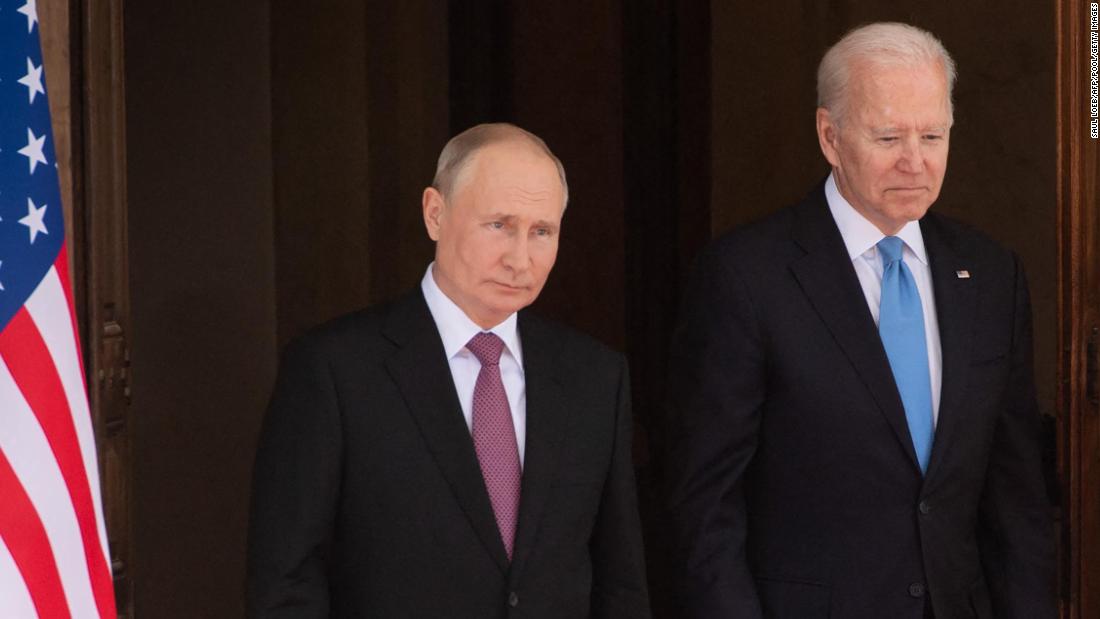Like any other organism, viruses change over time. Because they are genomic entities and their high replication rate, the speed at which these changes (mutations) appear and are transmitted to the following generations is tremendously high. When one or more of these mutations are maintained over time, we consider that there is a new “variant”. Two years after the appearance of the most recent of the human coronaviruses, SARS-CoV-2, we review what variants have appeared and how they can condition the evolution of the pandemic.
Mutations are changes in the nucleotide sequence in the viral genome that can generate alterations in the amino acid sequence of the proteins it encodes. These occur randomly: in fact, most have little or no impact on the virus. However, some can affect fundamental properties such as the affinity for the viral receptor on the surface of the host cell or the rate of replication of its genome.
If the mutations are deleterious (harmful) for the virus, they will be quickly eliminated from the population. If they are beneficial, either because they increase infectivity and / or the ability to replicate, or because they allow the virus to escape the defenses of the host organism, this variant of the virus will have an advantage over the rest (Figure 1).

Author provided
The nomenclature of the variants can be complex. The WHO has assigned easy-to-remember labels for key variants: Greek alphabet letters such as alpha, beta, gamma, and delta. They do not replace existing scientific names, as they contain important scientific information.
>
Types of variants
According to its interest from a health point of view, the WHO groups the multiple variants into:
Variants under scrutiny (Variants Under Monitoring, VUM): with genetic changes that are suspected could affect the characteristics of the virus. In this case, the evaluation of the properties of the virus is recommended.
Variants of interest (Variants Of Interest VOI): with genetic changes that could or are known to be related to the transmission of the virus, the severity and treatment of the disease, the ability of the virus to evade the immune system, or the diagnosis of infection. These are associated with significant community transmission, that is, an increasing relative presence or an increasing number of cases, among other epidemiological factors.
Variants of concern (Variants Of Concern VOC): meet the requirements of the above and, through comparative evaluation, have been shown to be associated with one or more of the following changes: increased transmissibility, increased virulence, or change in the clinical presentation of disease, reduction of the effectiveness of social and public health measures or of available diagnoses, vaccines and therapies.
The appearance of the omicron variant
The omicron variant was first reported to WHO from South Africa on November 24, 2021. The epidemiological situation in the African country has been characterized by three distinct peaks in reported cases and the delta variant was predominant in the last peak (as in the rest of the world, see Figure 1).
In recent days, infections have risen sharply, coinciding with the detection of omicron. This variant has a large number of mutations, many of them in the gene that codes for spike protein or protein S (Figure 2). Some of these mutations are worrisome since they could be involved in the binding of protein S to the ACE2 receptor and in the evasion of the immune system.

Author provided
How do vaccines react to variants?
In these two years in which the five variants of concern mentioned have arisen, the historic milestone of developing a set of vaccines that have demonstrated extraordinary efficiency has been achieved.
One of the main questions regarding the omicron variant is whether the vaccines will work. After vaccination, the immune system generates a variety of antibodies against the antigen (in this case protein S). That is, antibodies are produced that recognize various parts of the protein of the virus against which we have been vaccinated. If some of these parts change, the antibodies that bound to that region may no longer recognize it as efficiently and therefore stop working.
The more changes in the protein, the more likely that the virus will prevent the binding of antibodies generated by the vaccine. However, a virus cannot change indefinitely, there are regions that must be kept constant so that the protein can adopt its trimeric structure and exercise its function effectively.
Therefore, it is possible that vaccination has promoted the generation of antibodies against these common regions, so that even in the presence of mutations we have a certain degree of protection. In addition to the antibody-based response, vaccination also generates a response mediated by T lymphocytes. The activation of these cells does not depend on the recognition of protein S in its folded form, but rather on its fragments that are presented by the infected cell. . Again, among the recognized fragments there are many that correspond to conserved regions, and therefore the vaccines will continue to fulfill their function.
In summary, we can expect a decrease in the efficiency of the vaccine against this variant compared to the original strain, as occurred with previous variants. How much protection have we lost? We will soon know.
Next steps against omicron
To avoid a complete loss of the efficacy of the vaccine, we should train the immune system against different variants. That is, to vaccinate against multiple variants, which is relatively straightforward (technically) with current vaccine platforms.
We could update the vaccine (including the latest variant) or even create a cocktail of multiple variants. This last strategy has an added benefit. The immune system is able to recognize common parts in various antigens, that is, the production of antibodies is focused on the repeating regions. As we have commented before, it is possible that some of these conserved regions are important or even fundamental for the virus and therefore it is not expected that they will change.
Furthermore, it is reasonable to think that future variants would keep these regions constant. Thus, a vaccine approach such as those mentioned above would potentially provide us with better immunity against future new variants. We should use the third dose or booster dose as an opportunity to introduce our immune system to new variants. The necessary technology for this is ready.
Luis Martinez-Gil, Professor of the Department of Biochemistry, University of Valencia and Ismael Mingarro, Professor of Biochemistry and Molecular Biology, University of Valencia
This article was originally published on The Conversation. Read the original.




